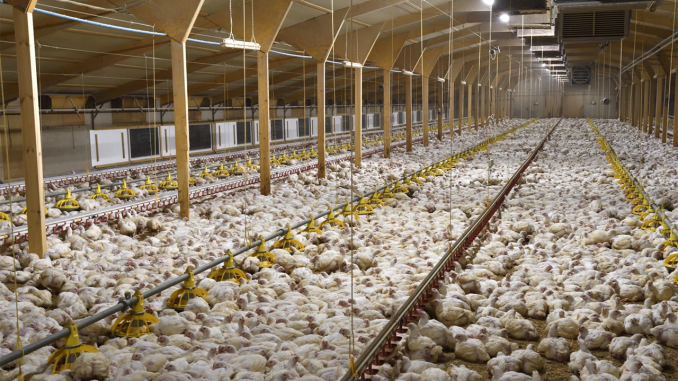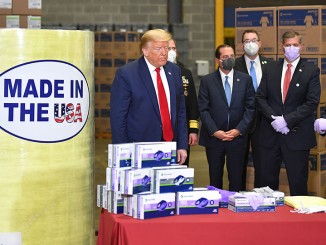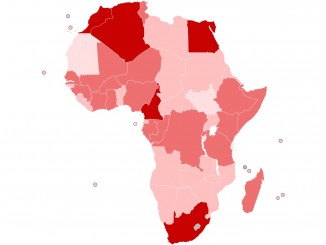
Since the beginning of 2022, more than 82 million chickens have been culled (killed) in the United States to avoid the further spread of the H5N1 bird flu. The virus is called a bird flu because that is the category of life in which it originates, but it has recently shown the ability to mutate and spread to forms of life, a development one epidemiologist called “alarming.”
Despite the mass slaughter of birds, the flu continues to spread, and has now found its way into at least 13 herds of dairy cattle throughout the U.S., and infected at least two farm workers. This jump from chickens to cattle and now to humans raises the question of whether the flu will mutate further, making it more likely that it will more easily spread to other species, including more humans. While it hasn’t happened yet, what really worries epidemiologists is the possibility that it will develop “new functionalities” that will make it easier to spread from other mammals to humans and more easily spread from one human to another.
While so far they believe that the risks to non-farm workers is low, they express concern that a qualitative change might rapidly occur that makes humans more vulnerable.
That’s because 99% of the meat produced in the United States is produced on factory farms, which are really industrial scale buildings (more like sheds) housing tens of thousands of animals packed into tightly enclosed spaces. Within these structures and under these conditions, infectious pathogens are easily spread. In the particular case of chickens, they have been genetically homogenized over the decades to maximize meat output, making them more susceptible to other general health problems, infections, and early death. One animal rights activist who focuses on meat production said that “if you wanted to create the ideal environment for fostering the mutation of pathogens, industrial farms would pretty much be the perfect setup.” Another critic of the food production system, virologist Rob Wallace has said that factory farms ”are the best way to engineer the most virulent pathogens possible.”
To make matters worse, federal policies do nothing to discourage meat producers from scaling up in size. Not only does the government do nothing to subsidize local, organic farming, which by itself can minimize the likelihood of outbreaks and maintain genetic diversity that allows animals to fight off viruses, it actually subsidizes large-scale production by paying big producers for their losses if they have to cull their animals. This means that even if infections hit and viruses spread, corporate producers lose nothing by killing off their animals, courtesy of the federal government. And none of these criticisms even address the cruel methods used to kill off the infected animals.
Given the current infrastructure and practices of our food production system, it is likely that this and perhaps other viruses will continue to circulate and kill many more animals, with the possibility that it may affect more humans in the coming months and years. This infrastructure and these practices have been shaped for decades by the pursuit of profit. At worst this pursuit of profit leads to the perfect storm conditions for the spread of disease and sickness. Even at the best of times, it facilitates the suffering and deaths of millions of animals. Both should be unacceptable to us.




